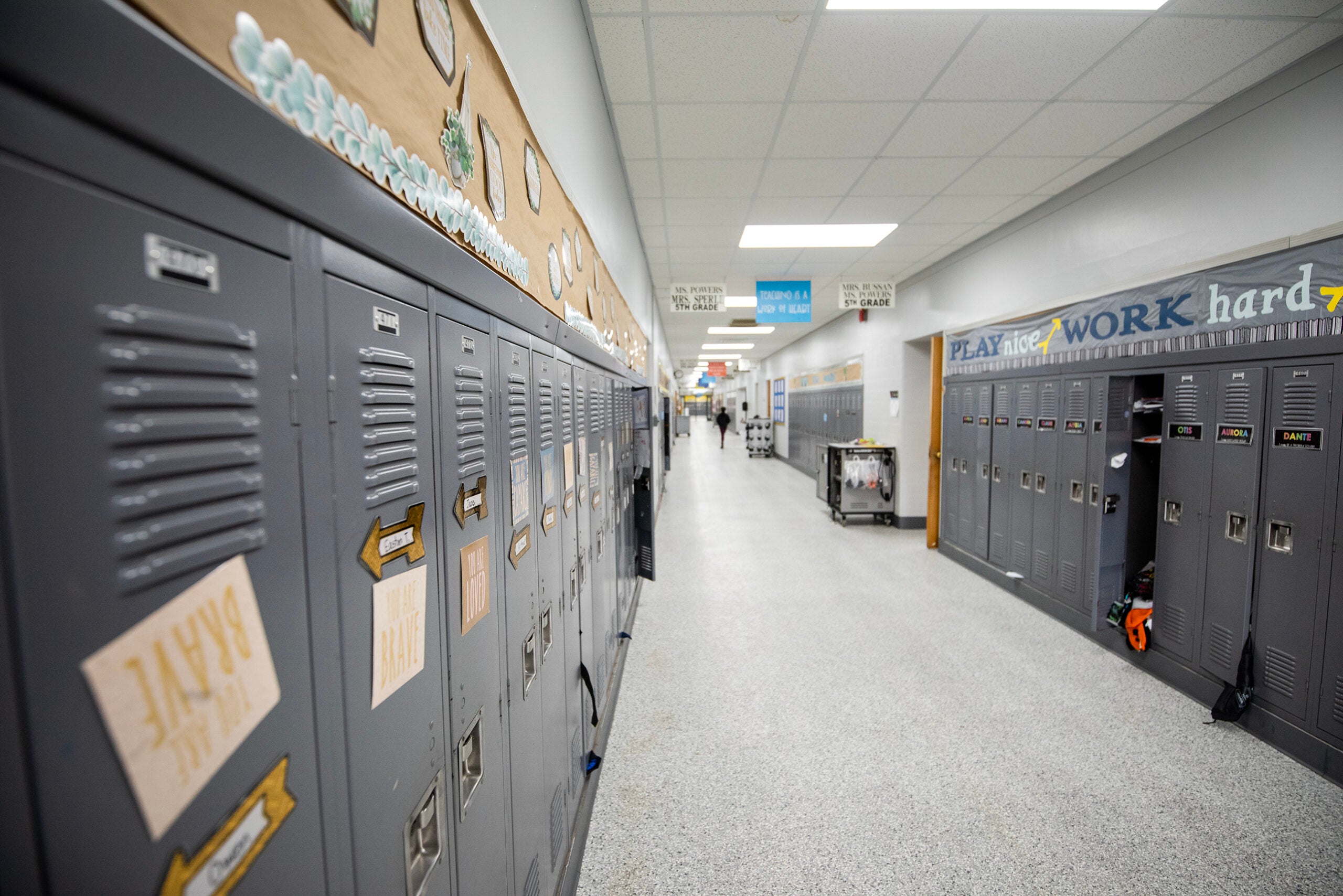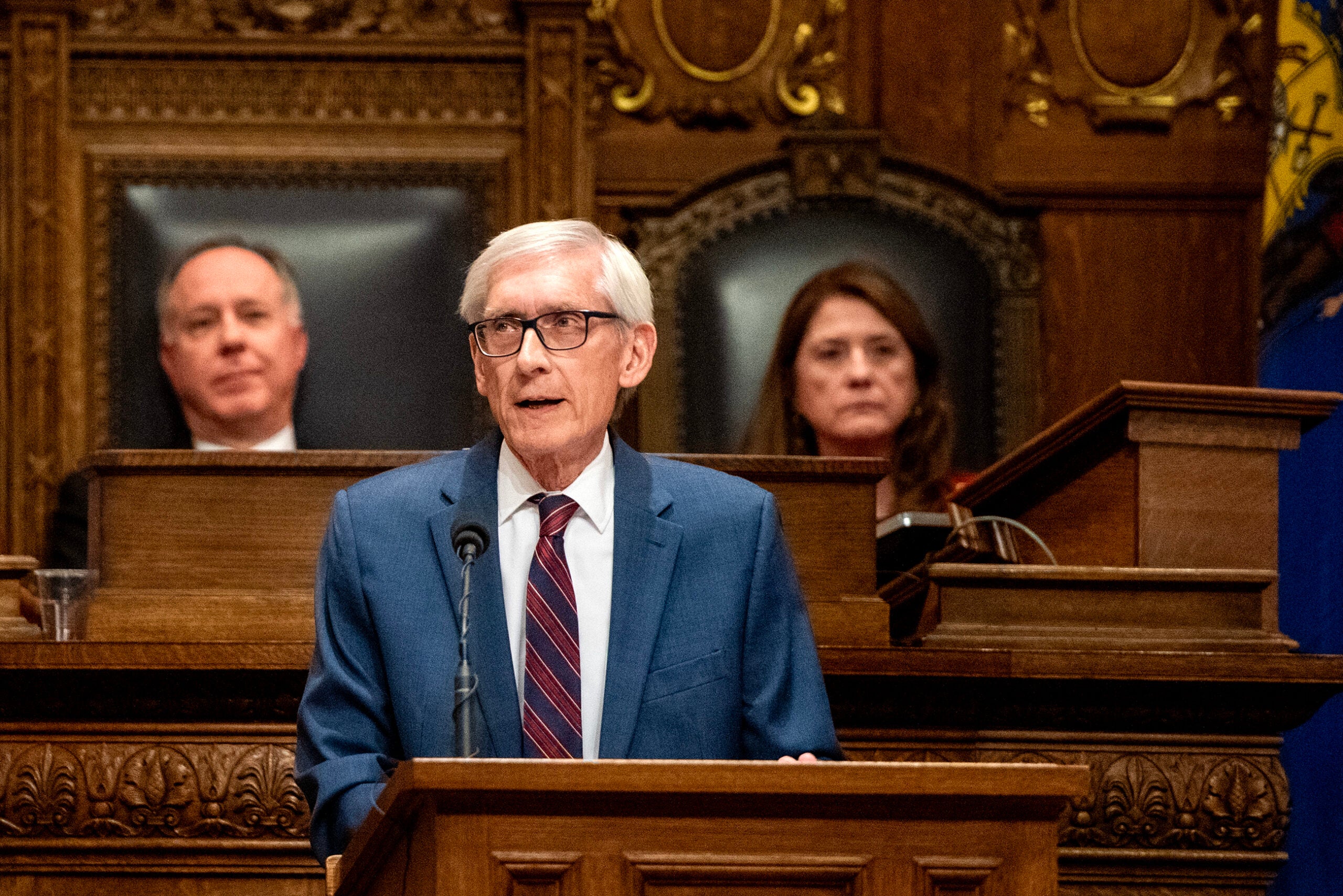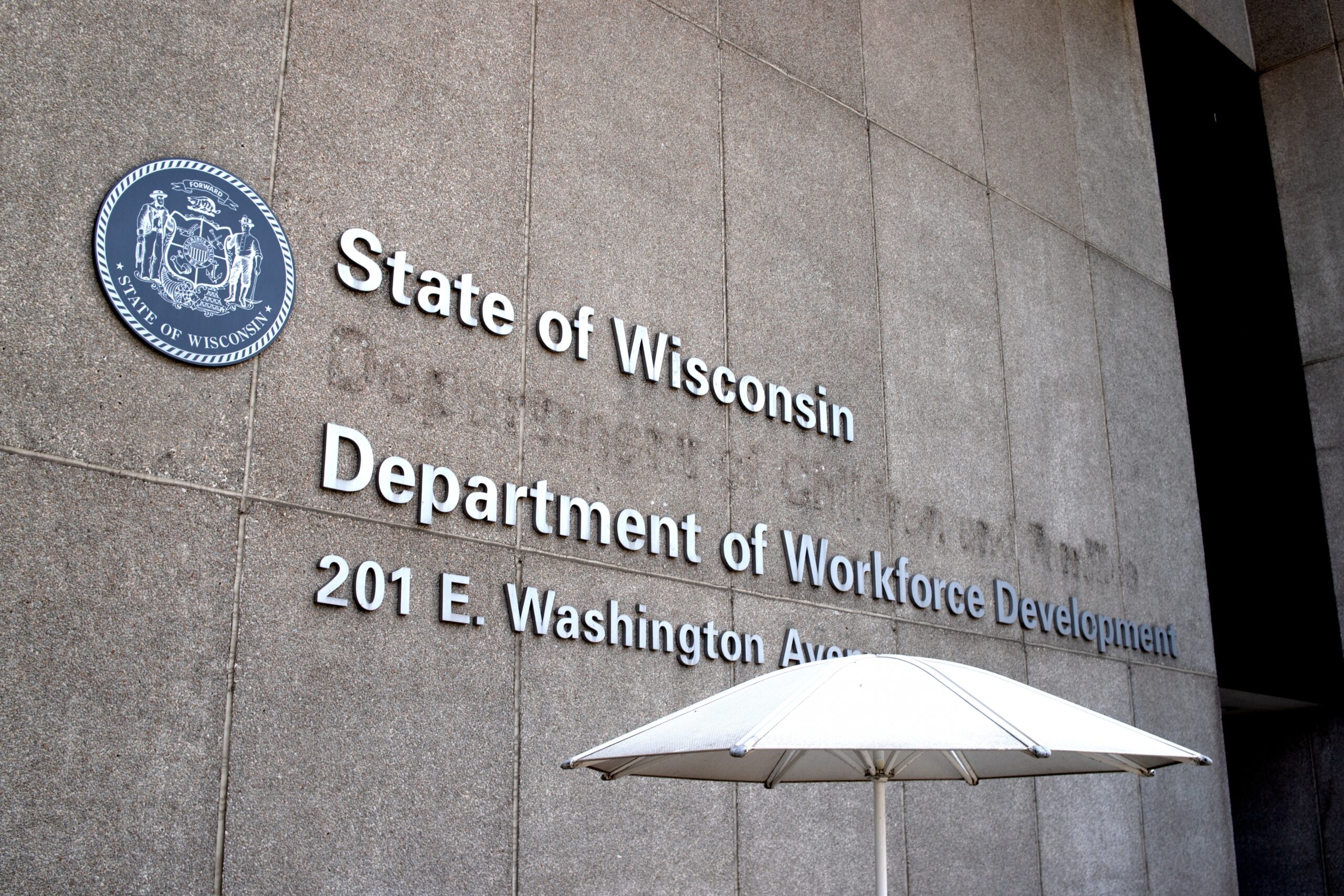When it’s all added up, Wisconsin state and local governments will have received nearly $20 billion in additional federal funding over the course of the coronavirus pandemic, which is more than twice what the state received in the 2009 federal stimulus bill.
In a new report detailing the spending, the Wisconsin Policy Forum found that between the federal recovery bills signed by former President Donald Trump and the one signed this year by President Joe Biden, governments in Wisconsin will receive a total of about $19.9 billion. By comparison, the Policy Forum found Wisconsin received about $9.1 billion from the federal stimulus package signed by former President Barack Obama.
“It’s certainly unprecedented in the modern era,” said Jason Stein, research director at the Wisconsin Policy Forum. “You look at the federal aid that the state has received since March of 2020 for the pandemic, and it just dwarfs what the state received, you know, more than a decade ago.”
News with a little more humanity
WPR’s “Wisconsin Today” newsletter keeps you connected to the state you love without feeling overwhelmed. No paywall. No agenda. No corporate filter.
The Policy Forum report did not count funding the federal government had paid directly to individuals, which the Legislature’s budget office estimated at $13.6 billion in Wisconsin.
Federal funding has dominated budget discussions in the early going between Democratic Gov. Tony Evers and Republicans who run the Legislature.
Included in the federal funding headed to Wisconsin is $3.2 billion that Evers has discretion to spend as he sees fit as long as it fits in parameters laid out by the U.S. Treasury Department.
GOP lawmakers passed a bill to give themselves more control over the funding, but Evers vetoed the plan. They also passed 11 bills that would have spent the majority of the funds, but Evers vetoed those proposals as well.
Also headed to Wisconsin under the latest federal recovery act is another $2.3 billion in federal aid to local governments like counties, cities, villages and towns.
Across all three of the recent federal recovery bills, money designated for public and private schools, colleges and universities will total more than $3.7 billion.
Some of the funding has flown under the radar. For example, in 2020 and 2021, the federal government has reimbursed Wisconsin for roughly 66 percent of its Medicaid costs rather than the usual 59 percent. The Legislature’s budget office estimates that change will save Wisconsin $600 million over the course of a year.
“Medicaid is the state’s second biggest cost, so the fact that the federal government took on this greater share of it, it’s been huge,” Stein said.
Wisconsin could qualify for additional $1.6 billion in federal funding if it were to expand Medicaid, but GOP lawmakers have said they won’t take that step.
The 2009 federal stimulus helped Wisconsin weather the immediate fiscal storm, but when those funds ran out, the state faced a difficult 2011 budget cycle. That budget, which was former Gov. Scott Walker’s first, cut state aid to schools and local governments.
Stein said there’s a chance history could repeat itself, but it doesn’t necessarily have to. He said a lot depends on how this federal funding gets spent and how the national economy recovers.
“There was a very sluggish economic recovery in those years and the economy may follow a really different trajectory this time around,” Stein said. “A recession brought on by a pandemic in which now we’re vaccinating people is just this is not the same as a financial crisis.”
Stein said that while the report was measuring federal aid to state and local governments in Wisconsin, in many cases, the funds will be quickly or immediately passed on.
“They’ll go on to child care providers. They’ll go on to jobless workers. They’ll go on to hospitals or health care clinics,” Stein said.
Wisconsin Public Radio, © Copyright 2026, Board of Regents of the University of Wisconsin System and Wisconsin Educational Communications Board.





